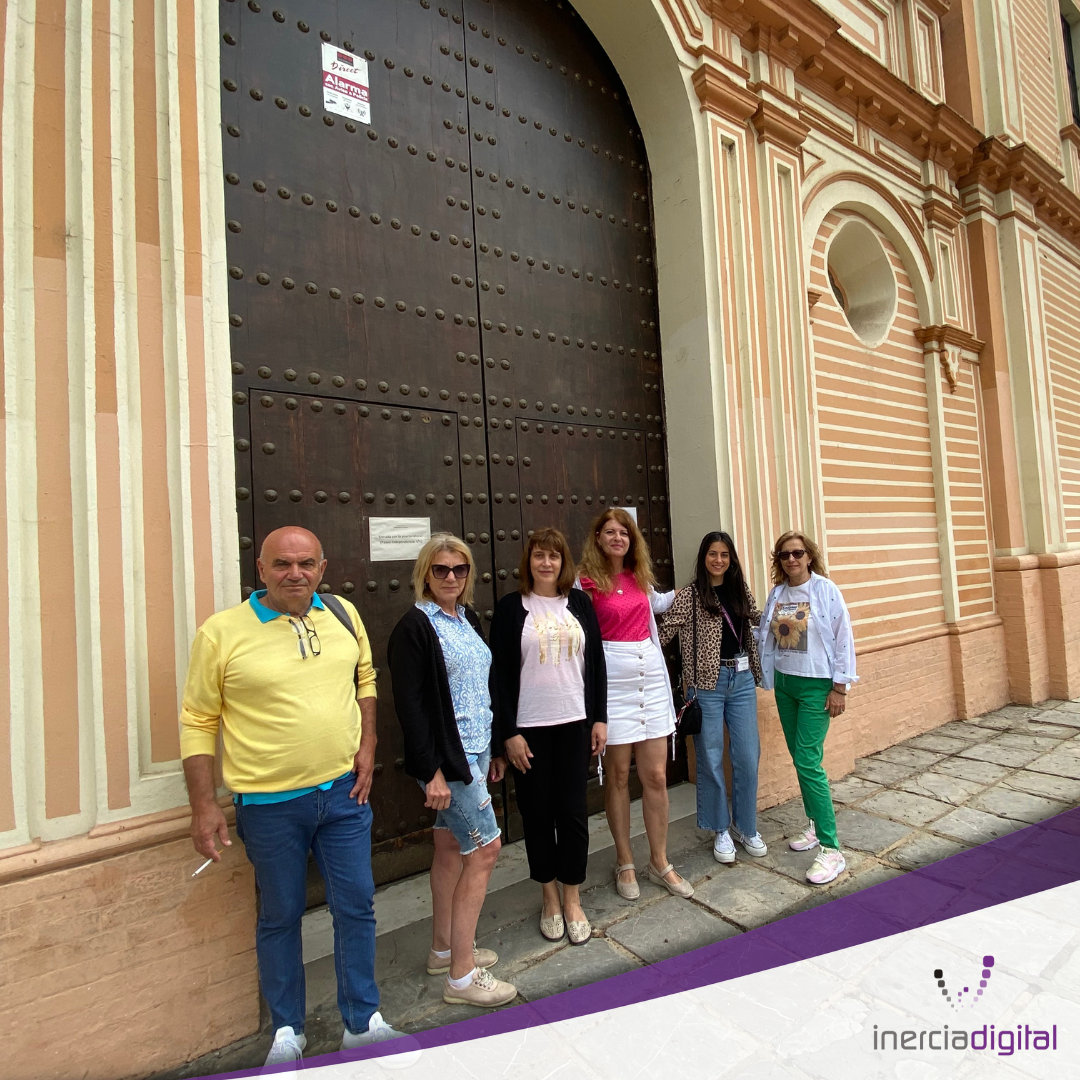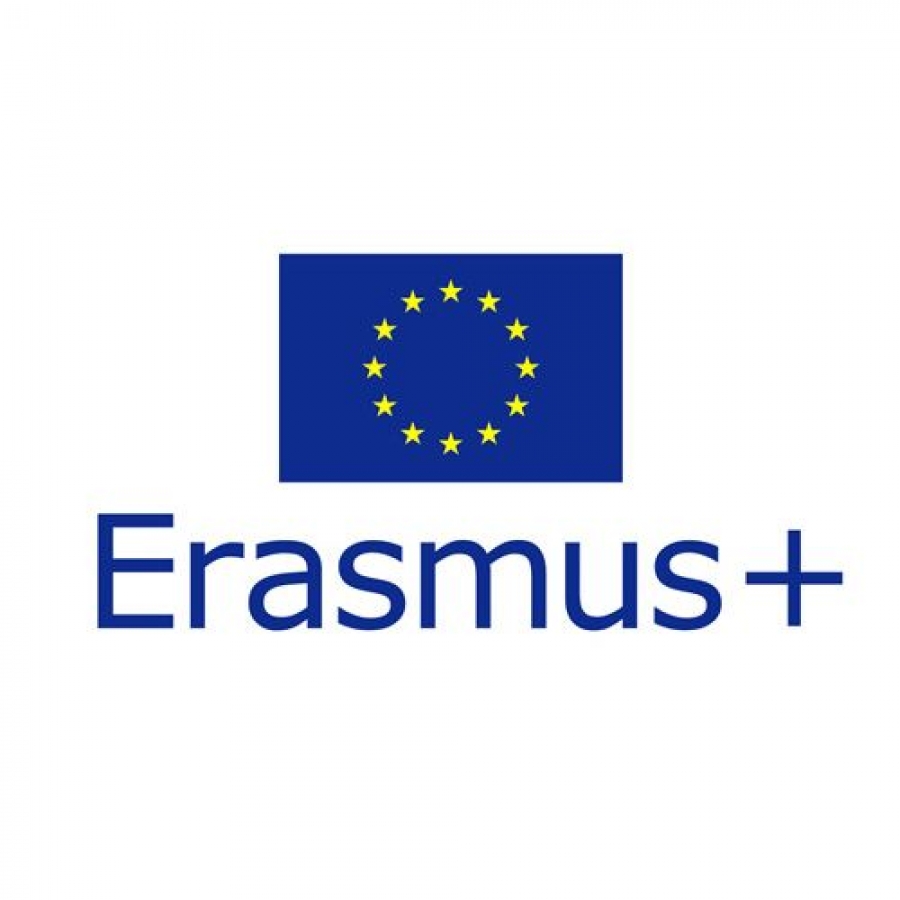Nuevos métodos de enseñanza: e-learning, m-learning y b-learning / New Teching methods: e-learning, m-learning and b-learning.
La era de la comunicación ha dado lugar a un cambio en las interacciones sociales, cambiando a su vez la forma tanto de enseñar, como de aprender. En este post expondremos los nuevos métodos, que incluyen las nuevas tecnologías en el proceso educativo.
El e-learning (electronic learning) es un método de enseñanza que hace uso de las TIC y la Red para relacionar y comunicar a todos los integrantes del proceso educativo, permitiéndoles compartir el contenido didáctico. Podría considerarse como un paso más allá del aprendizaje a distancia. Mediante el e-learning los estudiantes pueden llevar su propio ritmo de aprendizaje dentro de los parámetros marcados por el formador, que puede combinar distintos métodos como textos, audios, material audiovisual, etc, haciendo el material más variado y efectivo. Con este método, se puede atender a un mayor número de alumnos con sólo una aplicación y también reduce el tiempo de formación de los mismos. Este tipo de aprendizaje tiende a realizarse de manera individual, pero también puede darse la colaboración en grupos, haciendo más fácil y rápida la comunicación entre los integrantes.
Hoy en día ha proliferado el uso de smartphones, y esto ha dado pie al m-learning (mobile learning), que permite a alumnos y profesores estar en contacto y compartir información a través de sus teléfonos. Este es un tipo de comunicación más individual, espontáneo y portátil. Estén donde estén, todos los integrantes del proceso educativo pueden acceder a la información de manera fácil y rápida y, como en el e-learning, se pueden combinar diferentes materiales (textos, audios) para dinamizar la asimilación de conocimientos. Con respecto al anterior método, la principal ventaja del m-learning es que al utilizar dispositivos más pequeños y portátiles, el usuario puede acceder a la información de una manera más constante y en cualquier momento y ubicación.
Finalmente, el b-learning es la tendencia más reciente. Tanto, que aún no hay una definición claramente establecida de este método. El b-learning (blended learning) se considera la unión de la formación presencial con el e-learning y el m-learning. Es decir, las ventajas de la sincronía e interacción humana presencial, con las ventajas de la asincronía y la participación autónoma e individual. Los alumnos reciben educación presencial pero el formador refuerza esos conocimientos con materiales accesibles en la Red o usando las TIC. Se ha demostrado que este aprendizaje combinado beneficia a estudiantes e instituciones. La principal ventaja del b-learning es que al fusionar estos dos métodos de enseñanza, se llenan los”huecos” que cada uno pueda tener por separado.
En definitiva, existen diferentes tipos de enseñanza y, tanto el formador como el alumno, deben saber elegir cuál es la que mejor se adapta a sus propósitos y expectativas.
The communication era has provoked a change in social interactions, changing at the same time the way of both teaching and learning. In this post we will show the new methods, which include the new technologies in the educational process.
The e-learning is an educational method which uses ICT and and the web to relate and communicate every member of the educational process, allowing them to share the didactic content. It could be considered as a step further from distance learning. Through the e-learning the students can have their own learning speed within the parameters marked by the trainer, who can combine different methods as texts, audios, audiovisual materials, etc, making the materials more varied and effective. With this method, a higher number of students can be accepted with only one application and their training time shortens. This kind of training is usually more individual, but there is also the possibility of creating collaboration groups, making easier and faster the communication within the members.
Nowadays the use of smartphones has proliferated and this has given cause to m-learning (mobile learning), which allows students and teachers to get in touch and share information through their phones. This is a kind of more individual, spontaneous and portable communication. Wherever they are, all members of the educational process can access the information easily and quickly and, as in e-learning, different materials can be combined (texts, audios) to boost the assimilation of knowledge. Compared with the previous method, the main advantage of m-learning is that by using smaller and portable devices, the user can access the information more consistently and at any time and location.
Finally, the b-learning is the latest trend. So latest, there is still no clearly established definition of this method. The b-learning (blended learning) is considered the union of on-site education with e-learning and m-learning. That is, the benefits of synchrony and face-to-face human interaction with the advantages of asynchronous and autonomous and individual participation. Students receive classroom education but the trainer reinforces that knowledge with materials accessible on the web or using ICT. It has been proved that this combined learning benefits students and institutions. The main advantage of b-learning is that by merging these two methods of teaching, the «gaps» that each one could separately have, fade away.
In conclusion, there are different types of education and both the trainer and the student should be able to choose which one will best suit their purposes and expectations.





